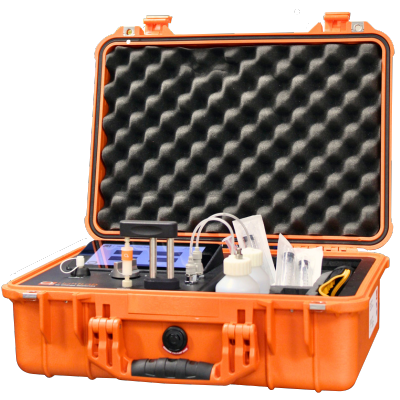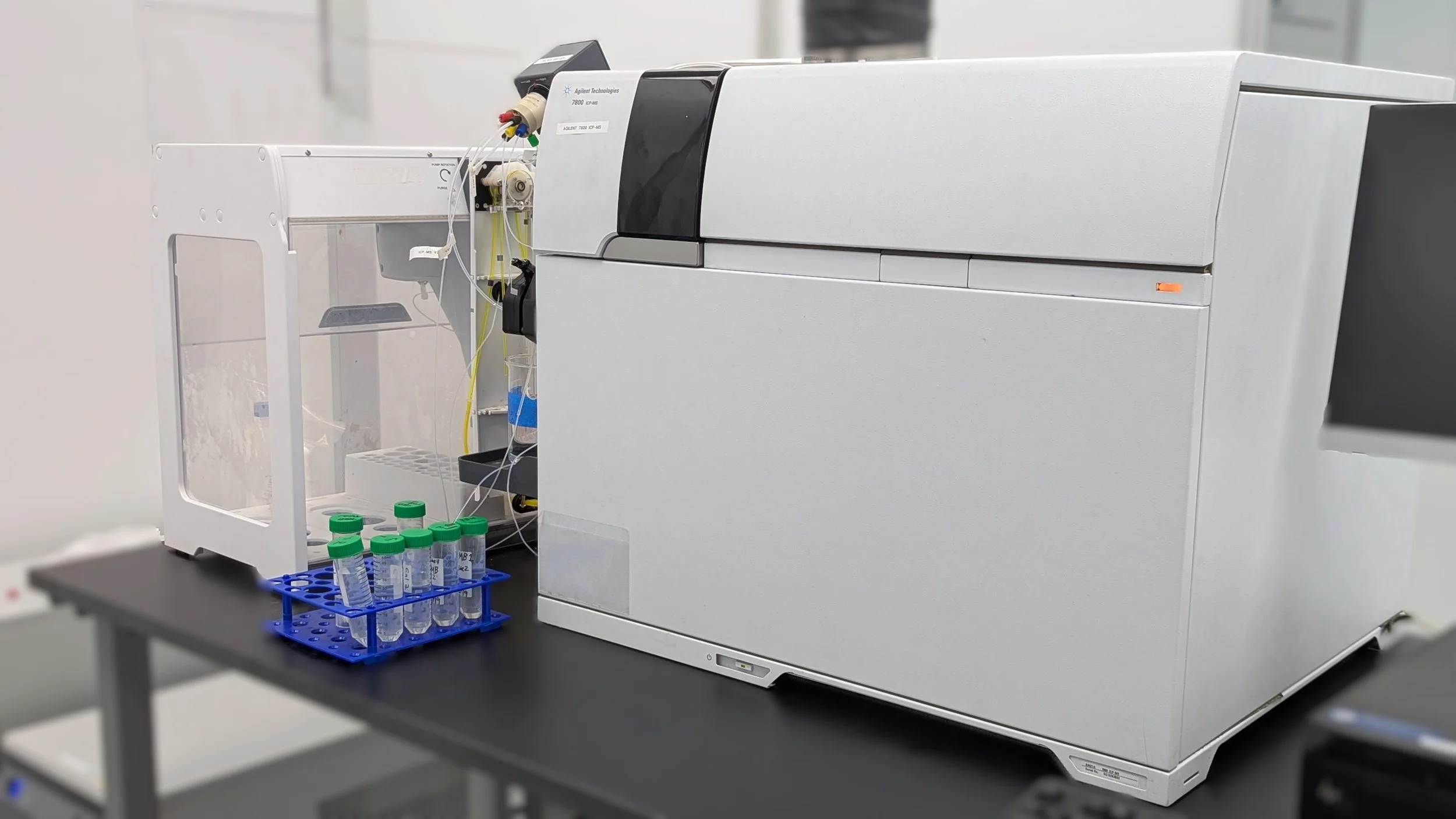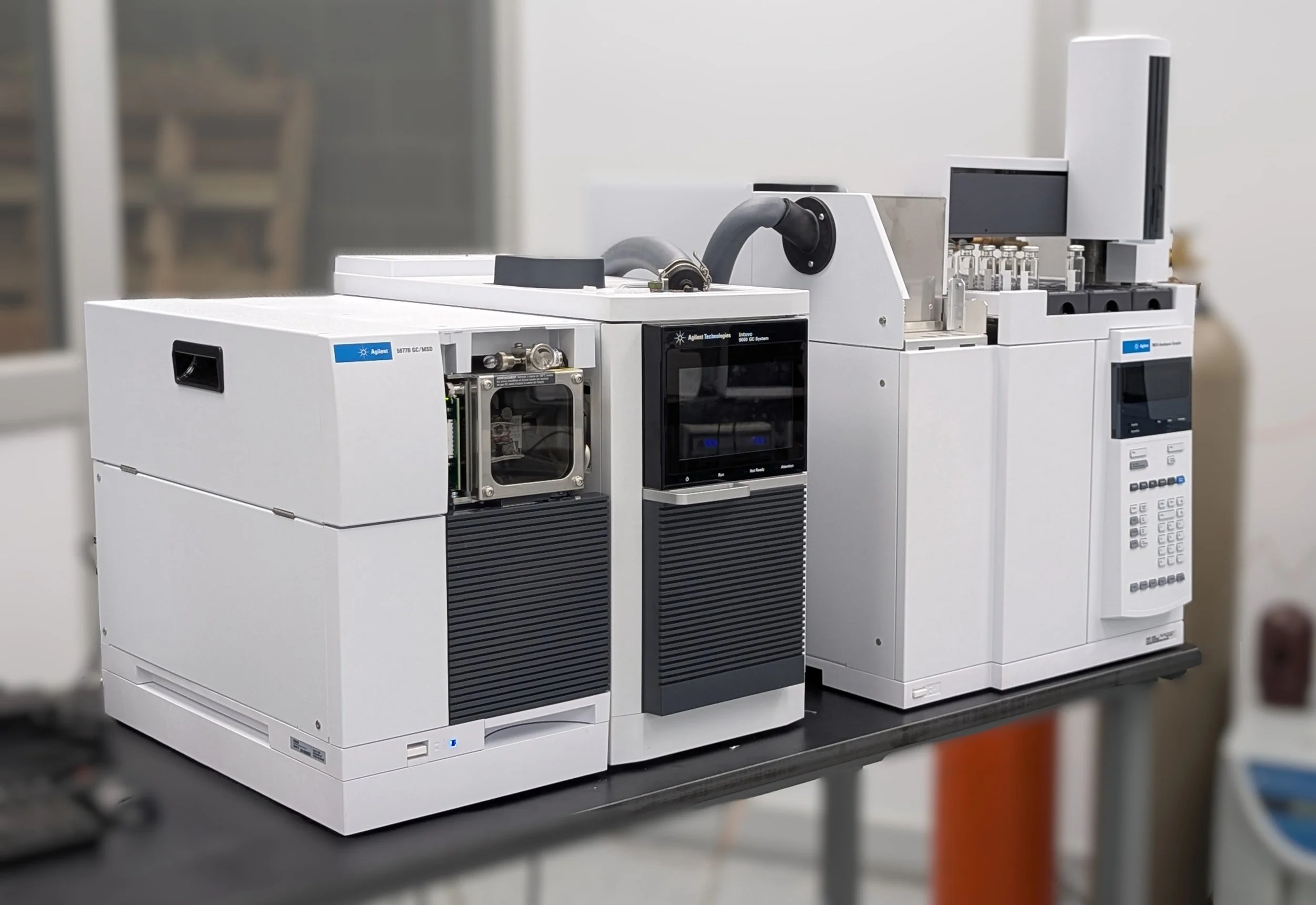Setting the standards for the Minnesota grow scene
PhytoLab is committed to providing analytical services that ensure accuracy and integrity in Minnesota’s cannabis market. Our goal is to bring respect and honest partnership to Minnesota cannabis growers, producers and distributors by providing a consistent framework backed by legitimate methodology. At the heart of everything we do is our core values: integrity, reliability and exceptional customer service. With a vision to become a leader in the cannabis industry, PhytoLab presently looks to grow alongside the rest of Minnesota as we navigate this exciting new time.
Who we are
W. Casey Solomon, Founder & CEO
Casey is a PhD biochemist, an Afghanistan war veteran and a registered nurse. He has 17 years of experience in bioanalytical chemistry, complex separations and biomolecular characterization. He’s a subject-matter expert in both analytical separation/quantification and cannabinoid biochemistry with two years of C-level experience developing yeast-based cannabinoid production methods focused on biosynthetic pathway development and regulation, navigating regulatory processes, and developing analytical test methods.
Mollie J. Holter, Co-Founder
Mollie brings more than 25 years of experience in medical microbiology, sterilization, biocompatibility, toxicology and chemistry of globally regulated products, including cannabis, medical devices, pharmaceuticals, cosmetics, tattoo inks and in-vitro diagnostics. She founded MicroBio consulting in 2018 as a woman-owned business certified by the Women’s Business Enterprise National Council (WBENC), where she and her 30 subject-matter experts utilize their FDA and ISO/AAMI Technical Committee regulatory experience to support new product development and sustaining engineering projects. In her career, she has designed and developed 10 laboratories throughout the U.S.
How we test your cannabis and hemp products
High-performance liquid chromatographers (HPLC)
The Agilent 1260 Infinity II LC System is a modular high-performance liquid chromatography system that separates components in liquid samples. It uses a pump to deliver precise flows of mobile phase through a column packed with a stationary phase, separating analytes based on their differential interactions. An autosampler injects samples with low carryover, while a thermostatted column compartment maintains stable temperatures for optimal separation. As compounds elute, a detector measures their absorbance, providing quantitative and qualitative information based on their unique spectral properties.
We also use the Orange Photonics LightLab 3 High-Sensitivity Cannabis Analyzer, a portable analytical instrument that utilizes HPLC and ultraviolet spectroscopy to quantify cannabinoids in various cannabis products. The system prepares samples and then separates the compounds using a specialized column, similar to traditional HPLC. As the separated compounds elute, they are detected by a multi-wavelength UV detector, which measures their unique light absorption signatures. Sophisticated algorithms then process this spectroscopic data along with chromatographic information to accurately determine the concentration of up to 19 cannabinoids with ultra-low detection limits, down to 1.7 ppm. This integrated approach allows for rapid, accurate onsite potency analysis.
Polymerase chain reaction system
The Agilent AriaMx Real-Time PCR System is a fully integrated quantitative PCR (qPCR) instrument designed for the amplification, detection and analysis of DNA. It features a precise thermal cycler that accurately controls temperature cycles for PCR, paired with an advanced optical system utilizing LED excitation sources and photodiodes to detect fluorescence emitted by dyes or probes in real time. This allows for the quantification of nucleic acid targets as amplification proceeds. The system also includes intuitive software for data acquisition, analysis and interpretation, enabling applications such as gene expression analysis, pathogen quantification and SNP detection in a 96-well format.
Inductively coupled plasma mass spectrometer (ICP-MS)
The Agilent 7800 Inductively Coupled Plasma Mass Spectrometer is an analysis instrument used to measure trace and ultra-trace concentrations of elements in various samples. It operates by introducing a liquid sample into a high-temperature argon plasma, which effectively atomizes and ionizes the elements present. These ions are then extracted from the plasma and directed into a mass spectrometer. The mass spectrometer separates the ions based on their mass-to-charge ratio (m/z) and detects them, allowing for the qualitative identification and quantitative measurement of each element.
Liquid chromatography triple quadrupole mass spectrometer (LC triple quad)
The Agilent 1260 Infinity II LC System with Ultivo G6465A is an LC-MS system optimized for sensitive quantitative analysis. The 1260 Infinity II LC efficiently separates compounds in liquid samples. Eluting compounds then enter the Ultivo G6465A Triple Quadrupole Mass Spectrometer, which ionizes them and performs tandem mass spectrometry (MS/MS). This selected reaction monitoring (SRM) capability, using three quadrupoles, provides exceptional sensitivity and specificity for target compound quantitation by isolating and fragmenting specific ions.
Headspace gas chromatography-mass spectrometer (HS-GC-MS)
The Agilent 5977B Gas Chromatography System separates and identifies volatile compounds. The GC component vaporizes a sample and carries it through a heated column, where compounds separate based on their chemical properties and boiling points. As compounds exit the GC, they enter the MS, where they are ionized and then passed through a quadrupole mass filter. This filter rapidly scans mass-to-charge ratios (m/z), generating unique mass spectra for each compound, enabling their identification. This combined separation and identification makes it a powerful tool for analyzing complex mixtures.
Gas chromatography-mass spectrometry (GC-MS) triple quadrupole mass spectrometer
The Agilent 7010B Triple Quadrupole Mass Spectrometer is a high-performance analytical instrument designed for sensitive and selective quantitation of target compounds in complex matrices. It operates by ionizing molecules through an electrospray ionization source, and then passing these ions through a series of three quadrupoles. This tandem mass spectrometry capability provides exceptional specificity and sensitivity by minimizing chemical noise and interferences, making it ideal for trace-level analysis of pesticides, contaminants and pharmaceutical compounds.










